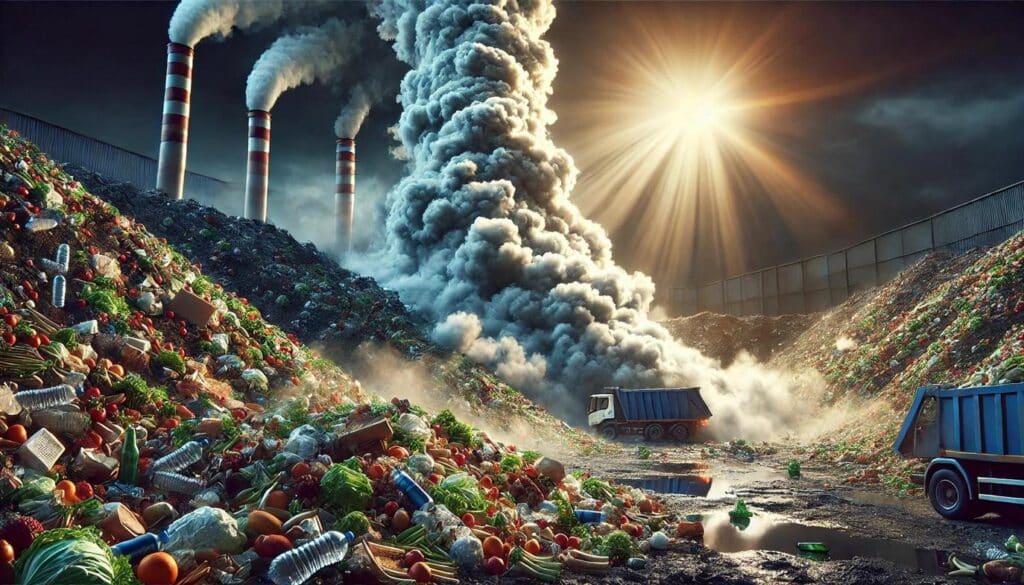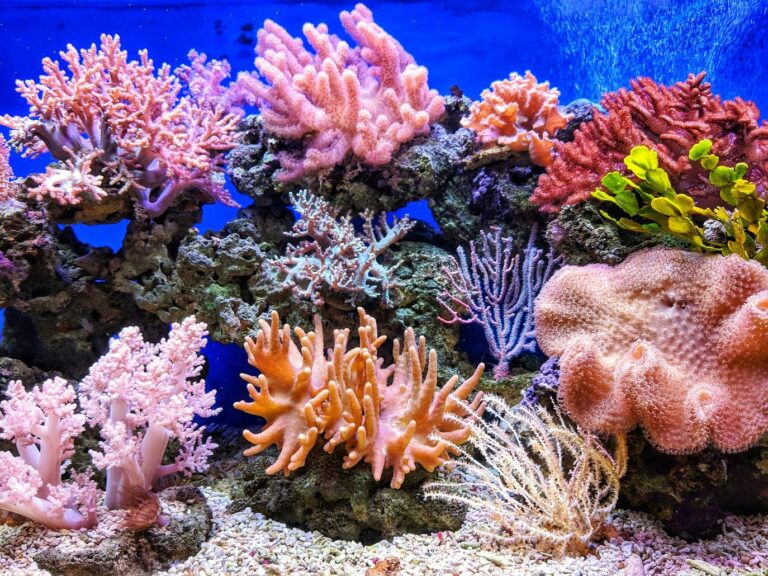Every day, millions of people toss perfectly good food into the garbage. Forgotten leftovers lurking in the back of the fridge, that bruised apple passed over, or the extra pasta deemed too small to save—these small actions might appear insignificant on their own, yet they contribute to a staggering problem: Up to 40% of food produced is wasted.
Let that sink in for a moment. Nearly half of all the food grown, processed, packaged, and transported across the globe never reaches a human stomach. Not only is this staggering statistic an economic tragedy, but it also significantly contributes to climate change, a fact often overlooked in environmental discussions.
This article will examine how food waste directly affects our climate through greenhouse gas emissions and resource depletion, explore its indirect environmental consequences, and, most importantly, offer practical, actionable steps to reduce personal food waste footprints. The encouraging aspect? This is one environmental challenge where individual actions can truly make a difference.
Direct Environmental Impacts of Food Waste
Greenhouse Gas Emissions from Food Waste
The reality is that food waste accounts for 8-10% of global greenhouse gas emissions, according to the United Nations Framework Convention on Climate Change. That’s a larger carbon footprint than the entire airline industry.
How does wasted food generate so many emissions? Not only does food production itself create carbon dioxide through farming equipment, transportation, and processing, but when food decomposes in landfills, it produces methane—a greenhouse gas 28 times more potent than CO2 at trapping heat in our atmosphere.
Think about it: every time you throw away food, you’re not just wasting what’s on your plate. You’re contributing to:
- Production emissions (fertilizers, machinery, processing)
- Transportation emissions (from farm to store to home)
- Methane emissions (as food decomposes in landfills)
Food waste throughout its entire lifecycle contributes significantly and unnecessarily to climate change.
Resource Wastage (Water, Land, and Energy)
The environmental impact of food waste reaches far beyond just emissions. Research shows that uneaten food occupies an area equivalent to the combined size of India, the United States, and Egypt. That’s an immense amount of land dedicated to cultivating food that ultimately gets discarded.
Water consumption in food production extends far beyond what we drink or use in the kitchen. The water footprint of different foods accounts for the resources required at every stage, from crop irrigation to livestock feed and processing. Understanding these figures is essential for making informed choices about sustainable consumption. Let’s take a look at some of these startling numbers:
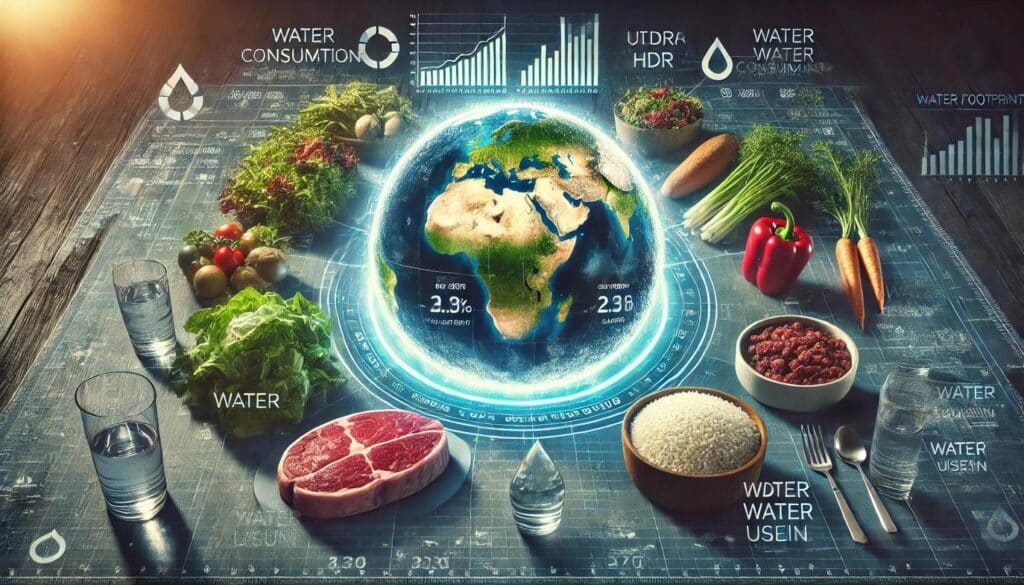
Understanding Water Footprint Measurements
The water footprint includes:
- Direct Water Use: Water the animal drinks or that is used for cleaning and processing.
- Indirect Water Use: Water used to grow feed crops (such as corn, soy, and grass).
- Processing Water: Water used in slaughtering, packaging, and transportation.
Why Do Animals Require More Water?
Animals don’t directly drink thousands of gallons of water, but the crops they eat require significant irrigation. It’s this indirect water usage (growing feed) that drives up the numbers.
Breakdown of the Water Footprint of Foods
- A single hamburger (~660 gallons per patty)
- This includes the water needed for cattle feed, drinking water, and processing.
- A pound of beef (~1,800 gallons)
- Cattle take years to grow and require large amounts of feed (corn, soy, grass).
- It takes about 6–7 pounds of grain to produce one pound of beef.
- Plus, cows drink a lot of water over their lifetime.
- A pound of pork (~576 gallons)
- Pigs eat less and grow faster than cows, making their water footprint smaller.
- A pound of chicken (~468 gallons)
- Chickens are more water-efficient than cattle and pigs because they need less feed and grow much faster.
- One egg (~53 gallons)
- Most of the water is used to grow grains for chicken feed.
- A pound of rice (~403 gallons)
- Rice is grown in flooded fields, which require a lot of irrigation.
- A pound of potatoes (~34 gallons)
- Potatoes require far less water compared to grains and animal products.
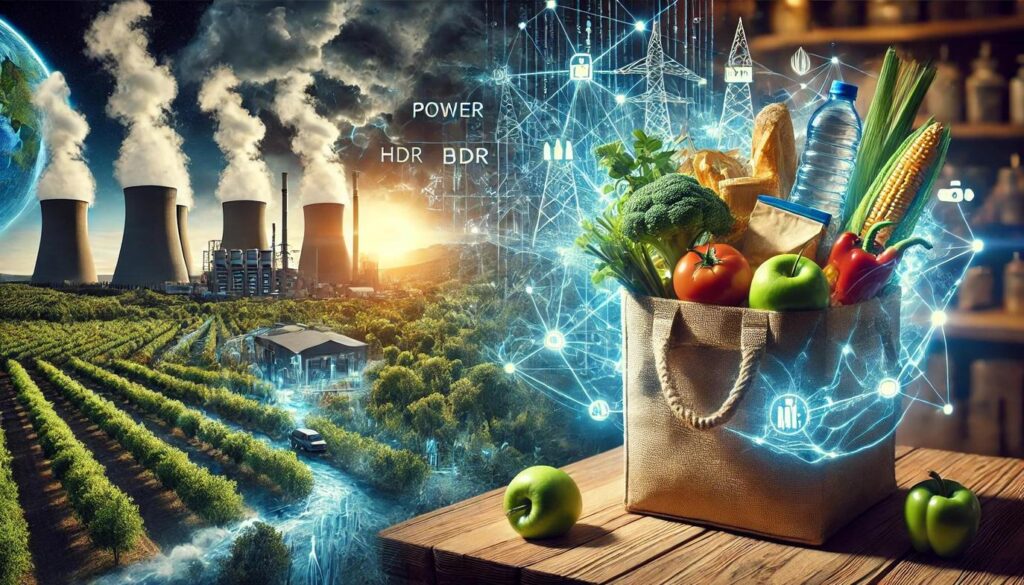
Hidden Costs: How Food Waste Drains Land, Water, and Energy Resources
When we waste food, we waste all these resources too. The irrigation, rainfall, and processing water used for food that’s ultimately discarded could serve countless other essential purposes.
Energy waste follows the same pattern. From farm equipment to food processing facilities, transportation networks to refrigeration systems—every step in our food supply chain consumes energy. When food goes uneaten, all that energy investment yields no nutritional return.
Biodiversity Loss Due to Food Waste
By wasting food, we create demand for more agricultural production than humanity actually needs. This excess production has devastating consequences for wildlife and ecosystems worldwide.
Overproduction of food leads to
- Deforestation for agricultural land
- Habitat destruction for countless species
- Chemical runoff from fertilizers and pesticides
- Disruption of natural ecosystems
The connection is clear: the more food we waste, the more land we need to convert for agriculture. This land conversion for excess food production is a leading cause of biodiversity loss worldwide. By reducing food waste, we can help preserve critical habitats and protect endangered species without compromising our food security.

Cascading Ecological Effects and Socioeconomic Consequences
Long-Term Agricultural Sustainability Crisis
While the immediate resource wastage is concerning, food waste creates an even more troubling long-term crisis for our agricultural systems.
The hidden sustainability costs include:
- Topsoil depletion is escalating at alarming rates due to intensive farming practices aimed at excess food production. Nature requires 500 years to create just one inch of topsoil, yet it is disappearing more rapidly than ever.
- Agricultural water reserves are also dwindling, as aquifers are being depleted faster than they can naturally recharge.
- Pest species are developing resistance to pesticides, resulting in the need for stronger chemicals to control them.
- Pollinator populations—including bees, butterflies, and other insects—are declining sharply due to excessive agricultural land use and chemical treatments. This decline threatens the reproduction of up to 75% of the food crops that rely on these essential pollinators.
Not only does this create immediate environmental damage, but it also sets up a troubling paradox: the more food we waste today, the harder it becomes to produce food tomorrow. Unlike other environmental challenges, this one directly threatens our ability to feed ourselves in the future.
Climate Change Feedback Loop
Food waste doesn’t just contribute to climate change—it creates a vicious cycle that’s difficult to break. Here’s why it matters:
The greenhouse gas emissions we discussed earlier don’t just disappear into the atmosphere—they trigger climate changes that directly impact our ability to grow food. As these changes intensify, agricultural systems face mounting challenges:
- Prolonged drought periods in traditional farming regions
- Catastrophic flooding and extreme weather events
- Disrupted growing seasons that farmers can’t reliably predict
- Emerging pest pressures in previously unaffected areas
These changing conditions lead to more crop failures and food quality issues—creating even more waste. And what happens to that additional waste? It further accelerates climate change, completing and intensifying the cycle. Breaking this loop requires addressing food waste as an urgent priority.
Social and Economic Consequences
The environmental injustice of food waste extends far beyond ecosystems into human communities. This represents perhaps the most troubling contradiction in our food system:
On one hand:
- Food insecurity affects over 800 million people globally.
- Millions of children suffer from malnutrition.
- Rising food prices push proper nutrition out of reach for vulnerable populations.
- Developing nations bear the brunt of climate impacts from global food systems.
On the other hand:
- The United States alone generates an astounding 24.7 million tons of food waste annually (Statista).
- This waste represents billions in economic losses.
- Precious resources go toward producing food nobody consumes.
- Disadvantaged communities disproportionately host waste management facilities.
This isn’t just an environmental problem—it’s a profound moral contradiction that demands our attention. By addressing food waste, we simultaneously tackle climate issues and food insecurity, creating multiple benefits from a single solution.

What You Can Do to Reduce Food Waste
So, what can we do about food waste? Unlike many environmental challenges, food waste reduction offers immediate benefits with relatively simple changes. Start by implementing the strategies below in your everyday life. Small adjustments not only help the environment but can also lead to major cost savings and a more sustainable lifestyle.
Transform Your Kitchen Practices
Shop strategically:
Plan meals before shopping: take inventory first, then create a detailed list.
Avoid the “abundance temptation”: those buy-one-get-one deals aren’t savings if half ends up trashed.
Shop smaller, shop smarter: more frequent, smaller shopping trips mean fresher food and less waste.
Embrace “ugly” produce: that misshapen carrot has identical nutrition to its prettier counterparts.
Master food storage:
- Store foods at optimal temperatures: not everything belongs in the fridge.
- Use transparent containers: visibility prevents forgotten items.
- Implement first-in, first-out rotation: place newer items behind older ones.
- Freeze what you won’t use immediately: nearly any food can be preserved through freezing.
Decode food labels:
- Understand that “best by” dates aren’t safety indicators: they’re manufacturer quality suggestions.
- Trust your senses: smell, appearance, and taste are better indicators than arbitrary dates.
- Learn which foods remain safe long past printed dates: many dry and canned goods last years.
- Properly store items past their prime: many “expired” foods make excellent ingredients.
Reinvent leftovers:
- Schedule weekly “everything must go” meals: stir-fries, soups, frittatas
- Master the art of repurposing: transform ingredients across multiple meals.
- Portion properly: serve less initially and offer seconds rather than scraping plates.
Extend Your Impact Beyond Your Kitchen
Individual actions matter, but collective efforts create lasting change:
Support food rescue:
- Volunteer with food recovery organizations: redirect surplus to those in need.
- Donate to community refrigerators and pantries: share what you won’t use.
- Organize food-sharing networks: prevent collective waste
Use consumer power:
- Request smaller portions when dining out: most restaurants will accommodate.
- Bring containers for leftovers: normalize this practice through example.
- Support businesses with waste reduction programs: reward good practices.
Advocate for change:
- Support legislation requiring commercial food donation: reduce legal barriers
- Push for standardized date labeling: eliminate confusion.
- Advocate for municipal composting: create proper infrastructure.
Each small change compounds over time, creating significant environmental benefits while often saving money and improving your relationship with food.
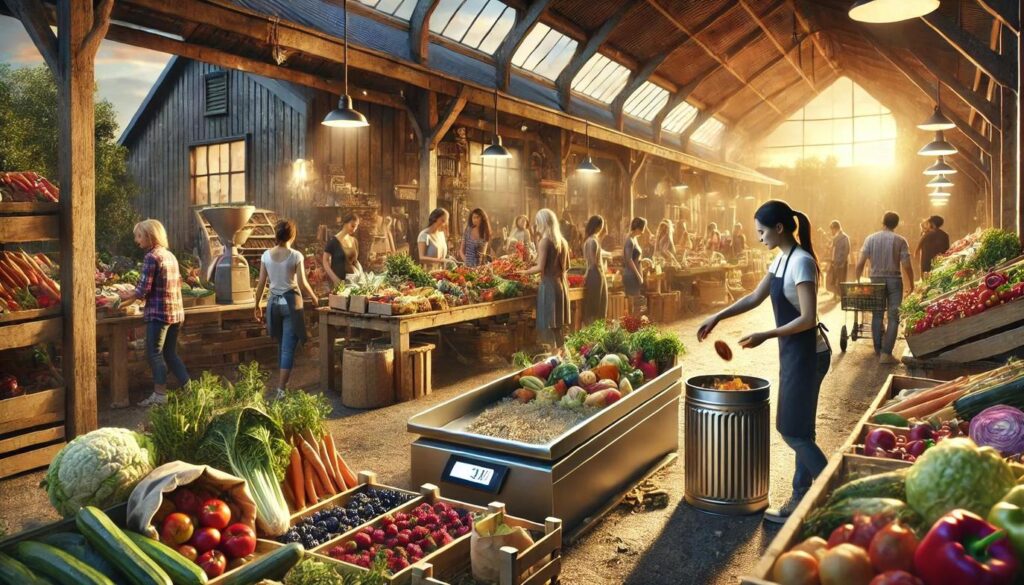
Fight Food Waste: Simple Habits to Transform Your Environmental Impact Today
Food waste stands out as one of our most manageable environmental challenges. Unlike other facets of climate change that demand complicated technological solutions or extensive infrastructure changes, reducing food waste is an action everyone can take today with immediate positive outcomes.
Every apple rescued from the trash, every meal stored and consumed correctly, and every food scrap composted instead of sent to landfills makes a significant impact.
The environmental effects of food choices extend well beyond the dinner table; they influence our atmosphere, water systems, natural habitats, and future food security. By acting to reduce waste in daily life and advocating for systemic changes, individuals contribute to creating a more sustainable food system.
What will you do differently today to reduce your food waste footprint?
Start small. Be consistent. Make it a habit. Our planet is counting on it.
